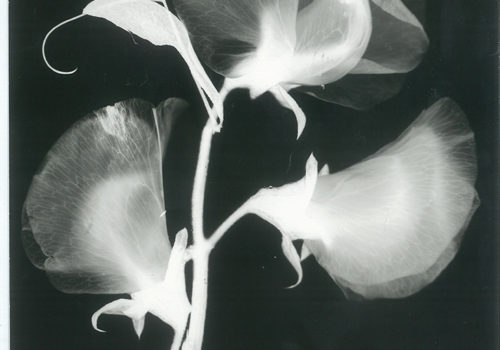On 18 – 19 May, the Special Edition of The London Photograph Fair returns to The Great Hall at King’s College, adjacent to Somerset House. The fair, which coincides with Photo London, is the only established fair devoted to vintage photography in the UK.
There are twenty exhibitors this year, from the UK, Continental Europe and the USA, including Photos Discovery, Christophe Lunn, Richard Meara, Daniella Dangoor and Linus Carr. Prices range from the lower hundreds to five figures, with photographs including everything from the quirky and the bizarre to masterpieces by leading photographers such as Baldus, Louis De Clercq, Gustave Le Gray, Alvin Langdon Coburn, Bill Brandt, Martin Munkasci, Erwin Blumenfeld to name a few.
This year, Linus Carr will be showing a collection of rare photograms and experimental works made by German-born photographer Lou Landauer (1897 – 1991) in the 1930’s and 40’s. Carr explains. “It’s exciting material to present because Lou Landauer is not that well known. And there are reasons for that. She was Jewish and these photographs were made after 1934 when she and her husband George Landauer emigrated to Israel. That meant she was far from the big international centres of photography and then came the Second World War which stopped much of the international dialogue within the photographic Avant Garde.”
Lou Landauer was born Lou Levi in Cologne in 1897. After her marriage to George Landauer she developed an interest in photography and studied at Staatliche Fotoschule München and then at Lette Verein in Berlin. George Landauer was the director of department of the Jewish Agency for Palestine and director of the Central Bureau for the Settlement of German Jews. The year after the Nazi in 1933 takeover they left Germany and settled in Jerusalem.
In 1936, Lou Landauer worked as producer and camera woman on the documentary “Aufbuch der Jugend”, directed by Eva Stern and Marta Goldberg. She then took up a teaching post at an art school, Bezalel Hechadasch in Jerusalem. Where she found life more than difficult, Carr says. “She was full of passion for photography but the governors of the school looked down on photography and didn’t consider it a proper art medium. Despite her protests, they banned photography from the curriculum. It didn’t help that she was a woman of course. She was forced to teach the subject of her passion to her students at home. Most of the works I will present are photograms, made 1936 – 1943. She made them without a camera, by placing flowers, twigs and sweet peas directly onto photographic paper.”
Photograms go back to the earliest days of photography, to the latter half of the 1830’s when William Henry Fox Talbot placed pieces of lace, feathers and other objects directly onto paper. Carr explains, “The technique was picked up by the photographic Avant Garde in 1920’s and 30’s, notably by Man Ray and Lászlo Moholy-Nagy. Lou Landauer’s photograms are very different. Man Ray and Lászlo Moholy-Nagy used an array of hard, mass produced objects, such as screws, light bulbs and spools. Lou Landauer focused on nature, and brought out the subtleties in every leaf, sprig and grass she used in a wonderful, mysterious way.”
















